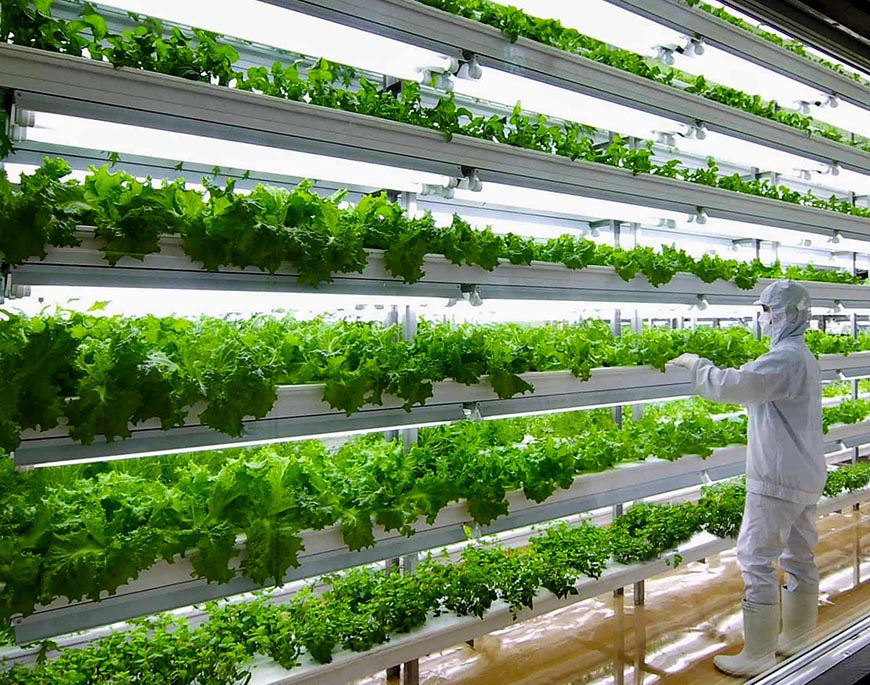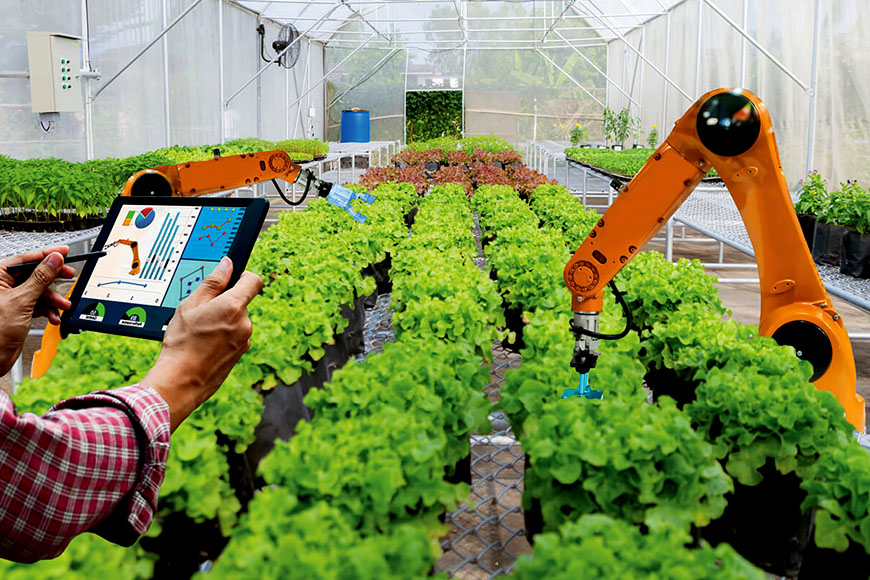Greenhouse technology has come a long way since its inception, and the future looks bright for sustainable agriculture. With the world’s population expected to reach 9.7 billion by 2050, there is an urgent need to increase food production while minimizing the impact on the environment. In this article, we will explore some of the latest innovations in greenhouse technology that are helping to make sustainable agriculture a reality.
5 Innovations in Greenhouse Technology
Vertical Farming

Vertical farming is a revolutionary approach to greenhouse technology that involves growing crops vertically in stacked layers. This method allows for maximum space utilization and can increase crop yields by up to 10 times compared to traditional farming methods. Vertical farms also use significantly less water and pesticides than conventional farming, making them a more sustainable option.

Aquaponics

Aquaponics is a system that combines aquaculture (fish farming) with hydroponics (soilless plant cultivation). The fish waste provides nutrients for the plants, while the plants filter the water for the fish. This closed-loop system is highly efficient and can produce both fish and vegetables in a small space. Aquaponics also uses significantly less water than traditional farming methods.
Controlled Environment Agriculture

Controlled Environment Agriculture (CEA) is a method of greenhouse technology that involves creating a controlled environment for plant growth. This includes controlling temperature, humidity, light, and CO2 levels. CEA allows for year-round crop production and can significantly increase yields compared to traditional farming methods. CEA also uses less water and pesticides than conventional farming.

Energy Efficiency
Greenhouse technology is becoming increasingly energy-efficient, with innovations such as solar panels and LED lighting. Solar panels can provide renewable energy to power greenhouses, while LED lighting uses significantly less energy than traditional lighting methods. These innovations not only reduce greenhouse gas emissions but also lower operating costs for farmers.
Smart Farming

Smart farming involves using sensors and data analytics to optimize crop production. This includes monitoring soil moisture levels, temperature, and humidity, as well as tracking plant growth and yield data. Smart farming allows farmers to make data-driven decisions to improve crop yields and reduce waste.
Conclusion

In conclusion, the future of greenhouse technology looks promising for sustainable agriculture. Innovations such as vertical farming, aquaponics, controlled environment agriculture, energy efficiency, and smart farming are helping to increase food production while minimizing the impact on the environment. As we face increasing pressure to feed a growing population, these technologies will become increasingly important in ensuring a sustainable future for agriculture.
